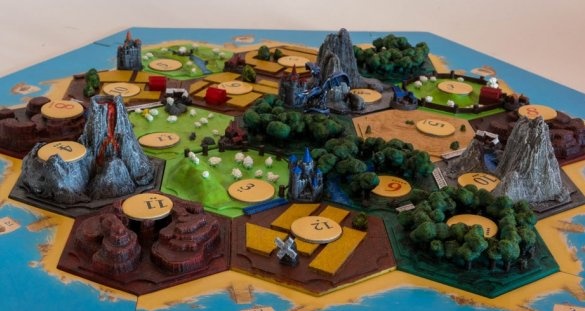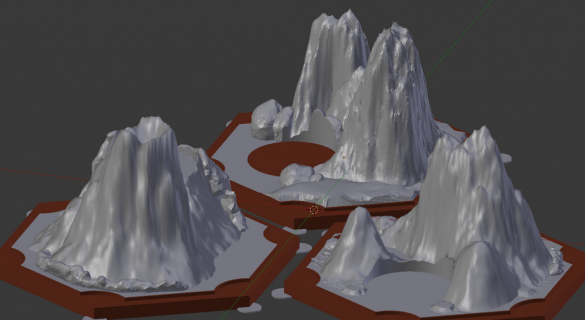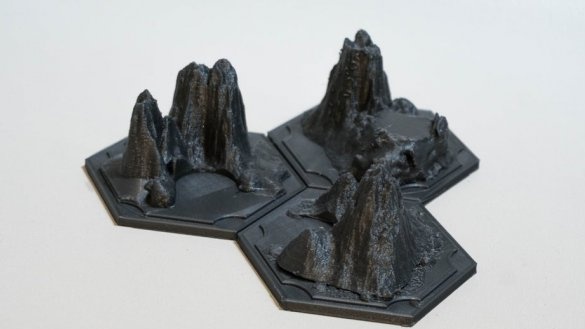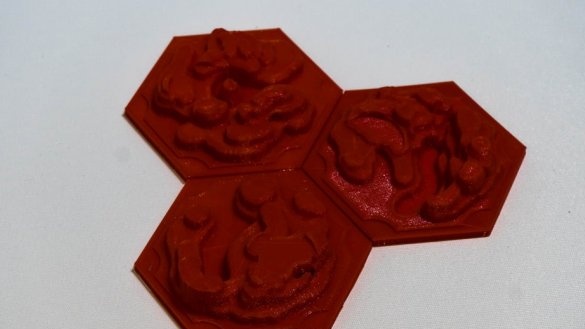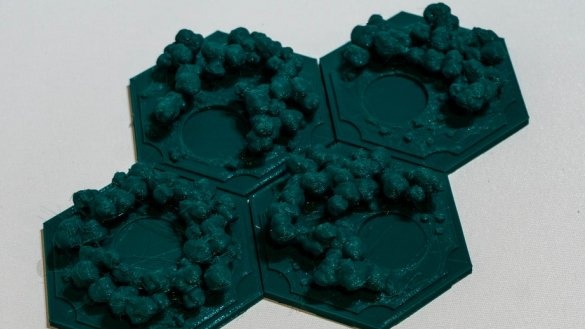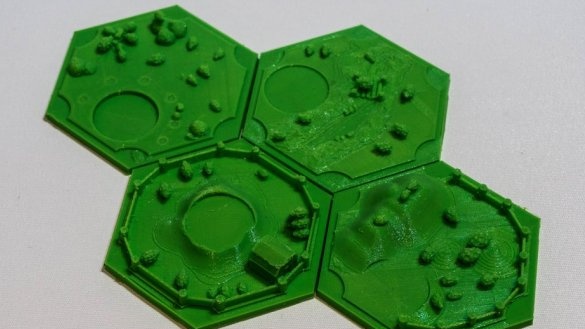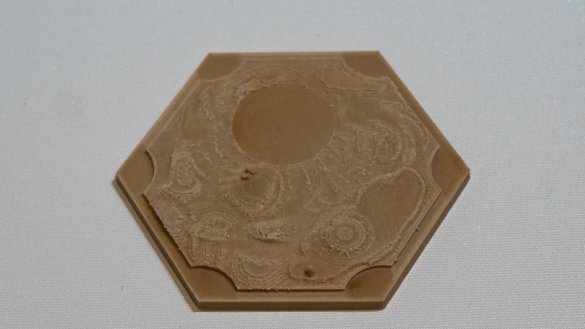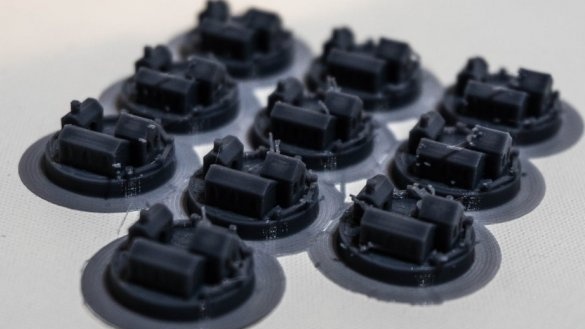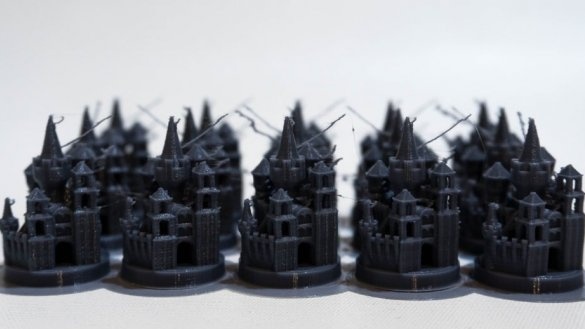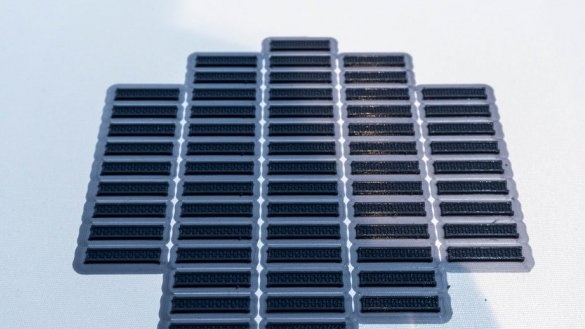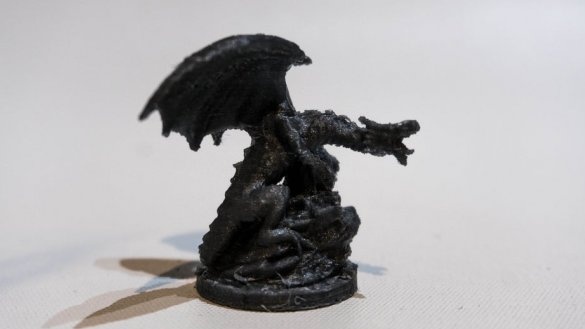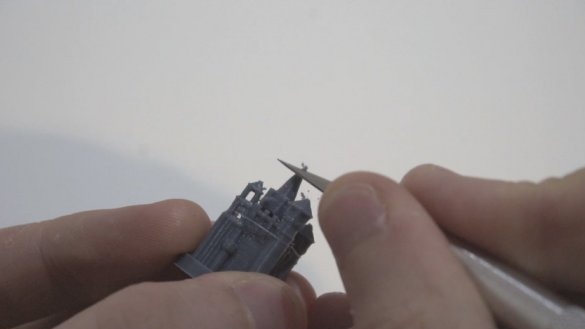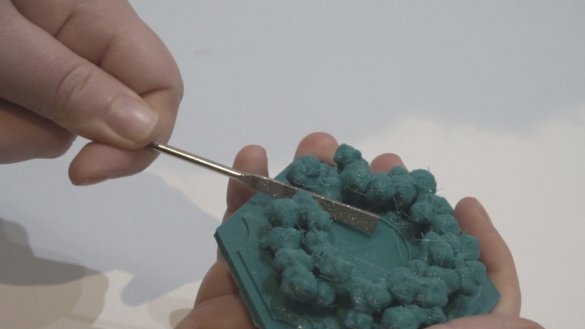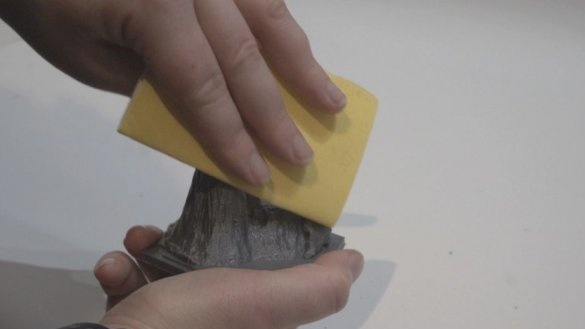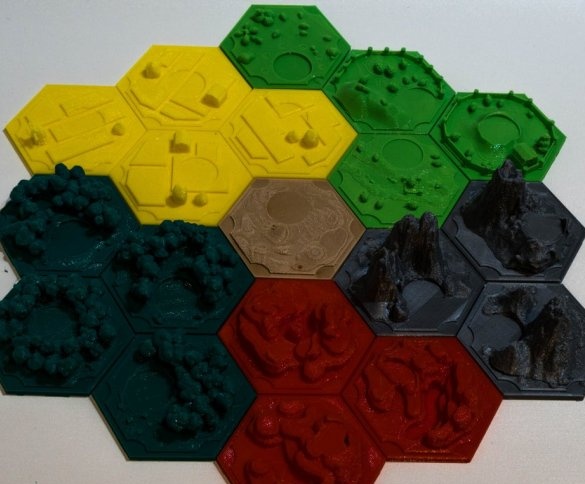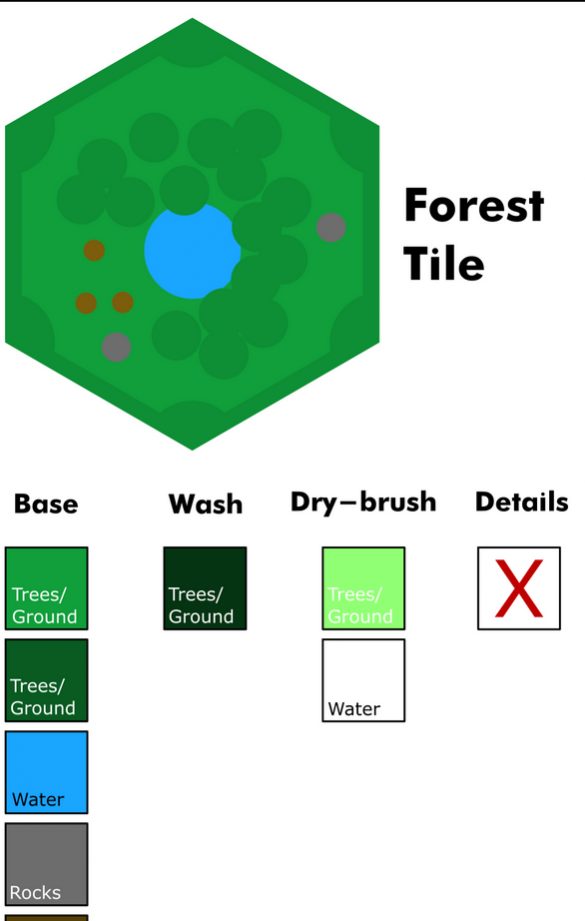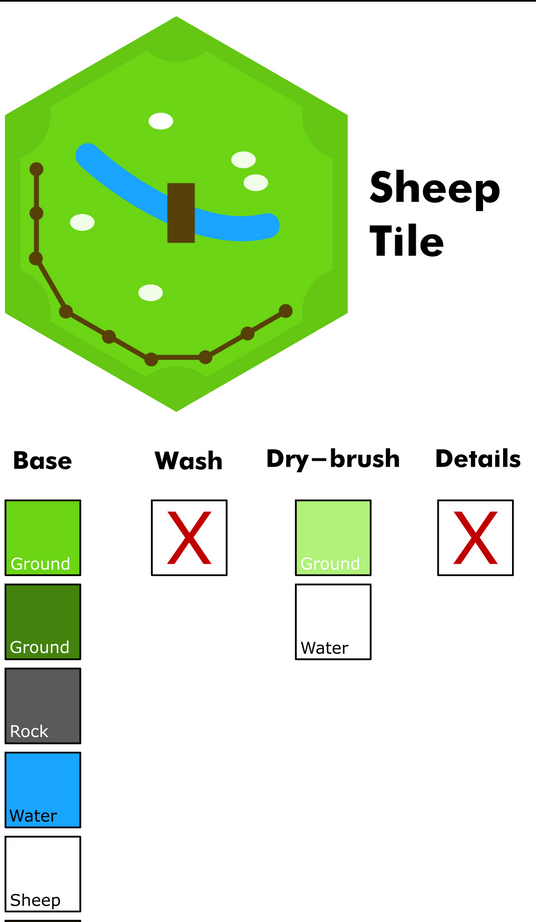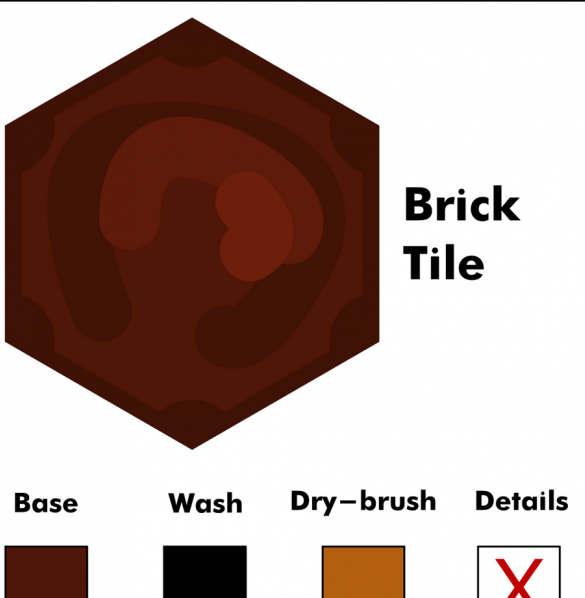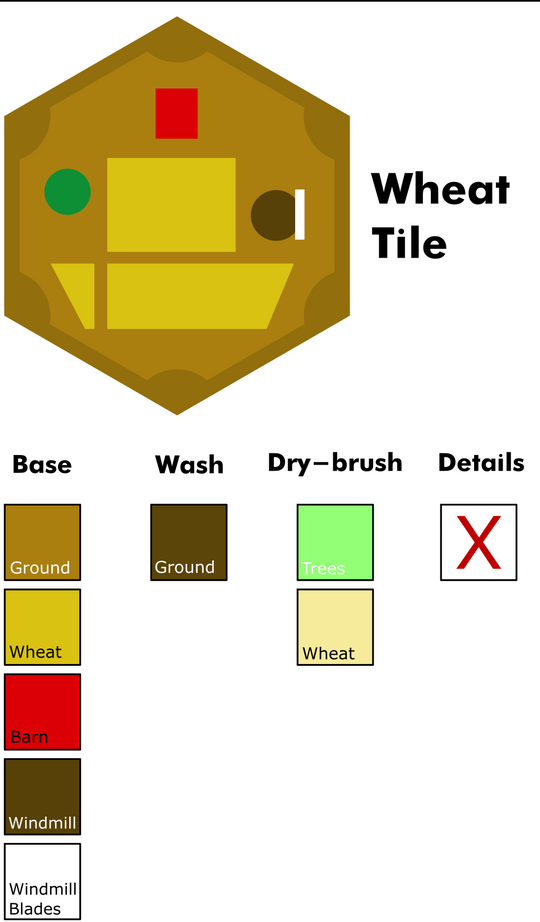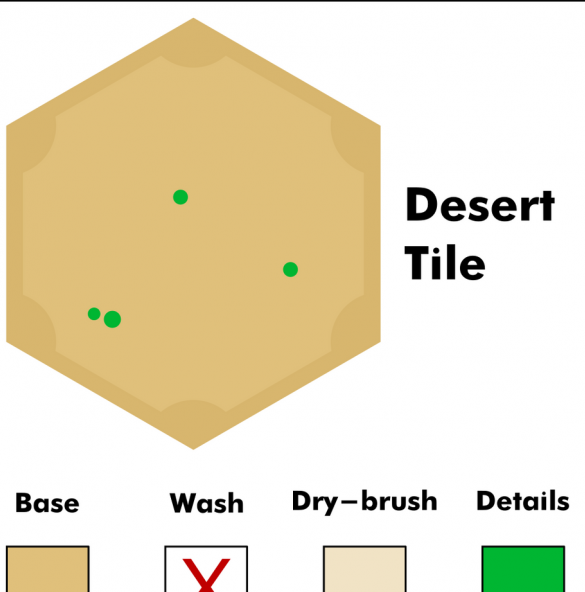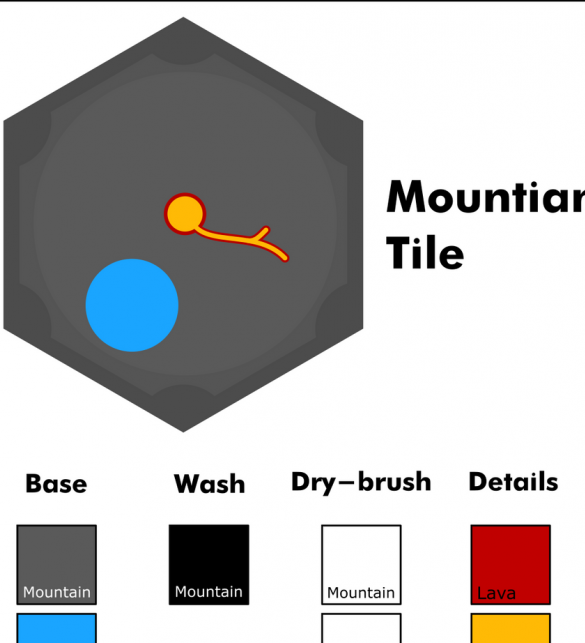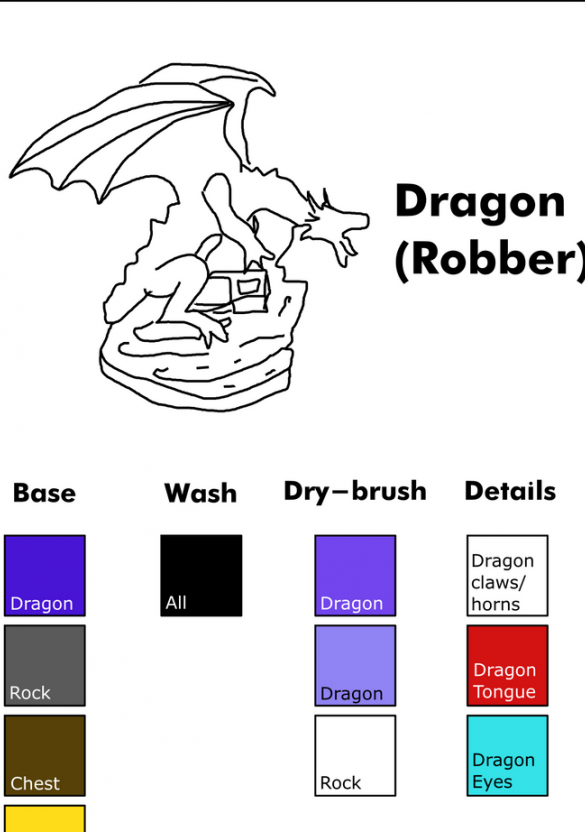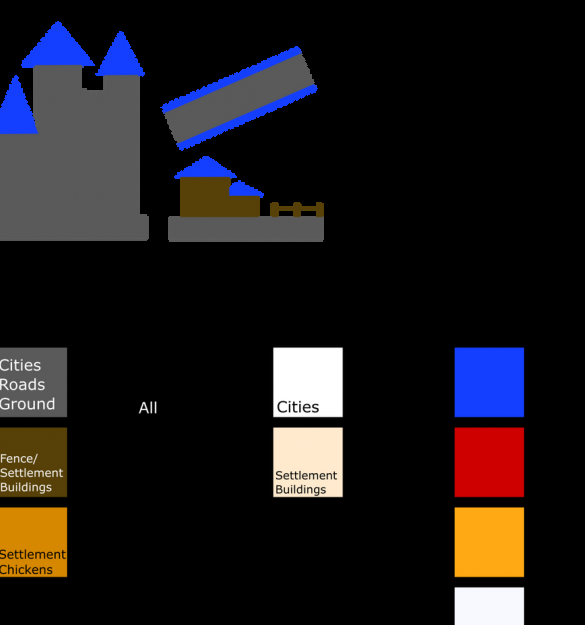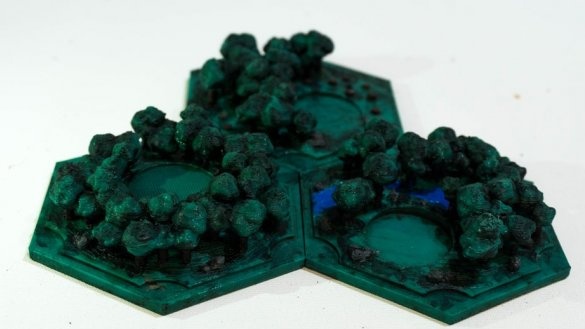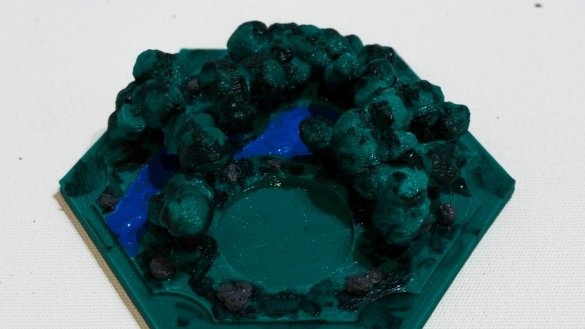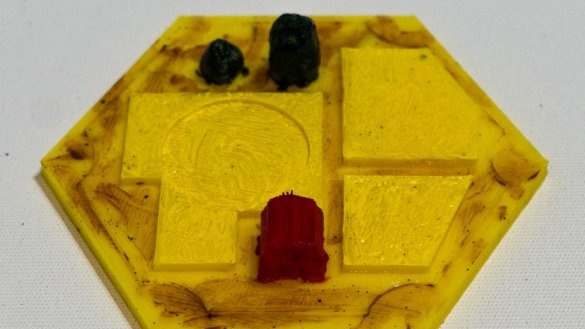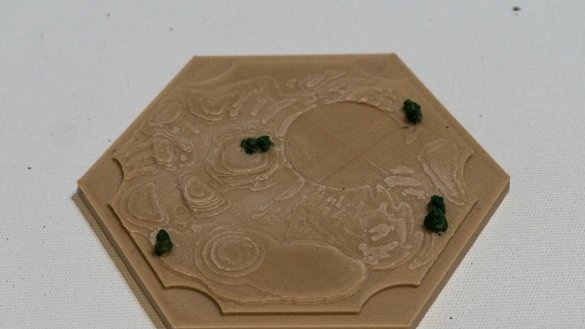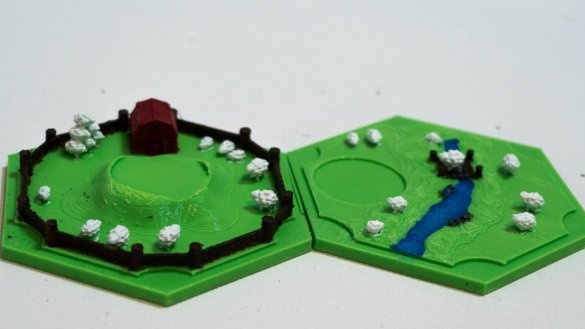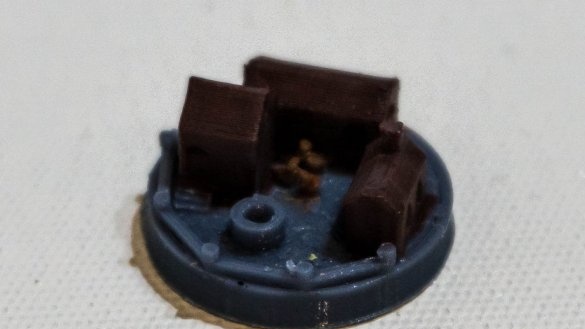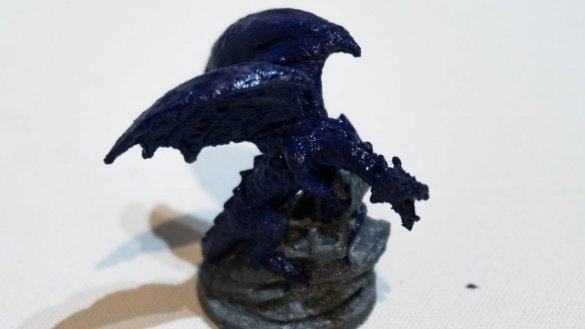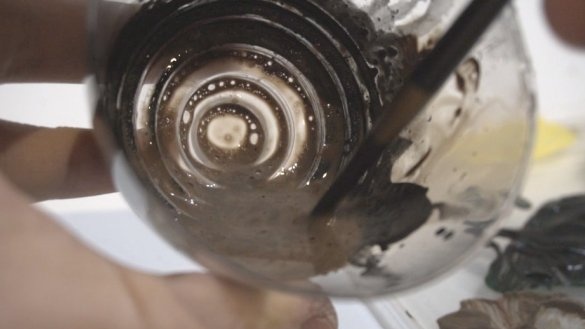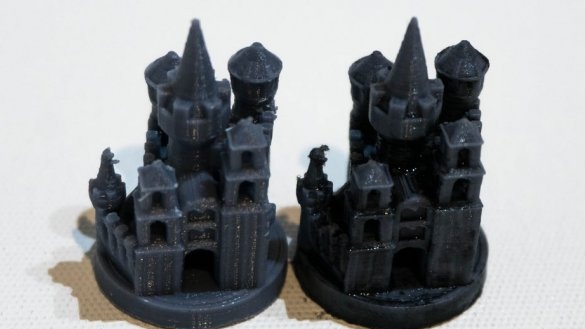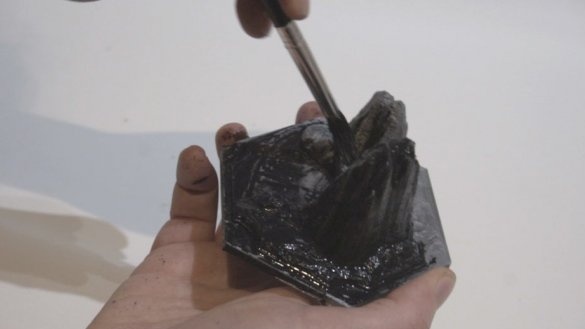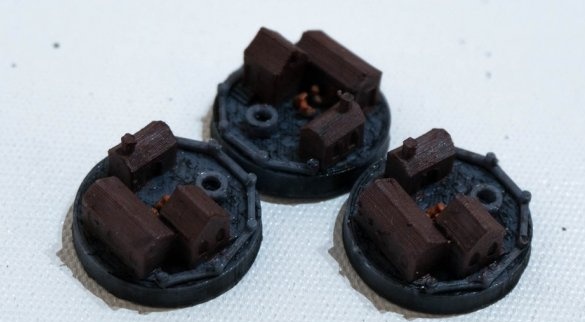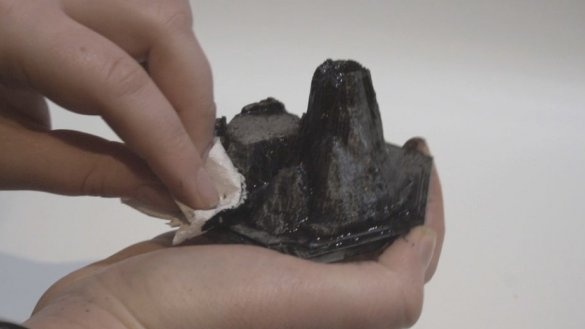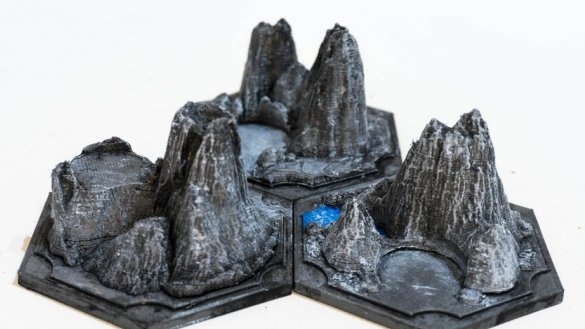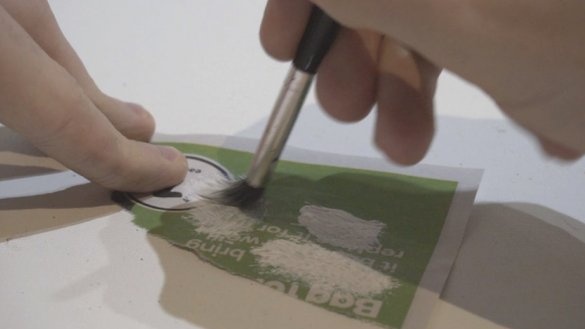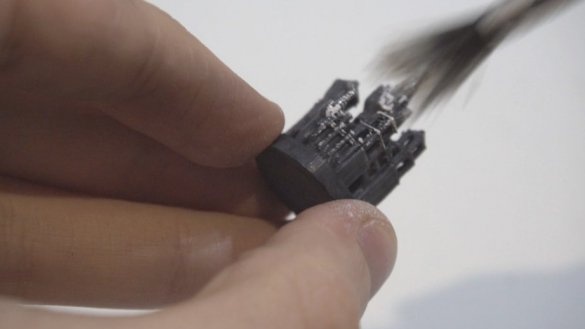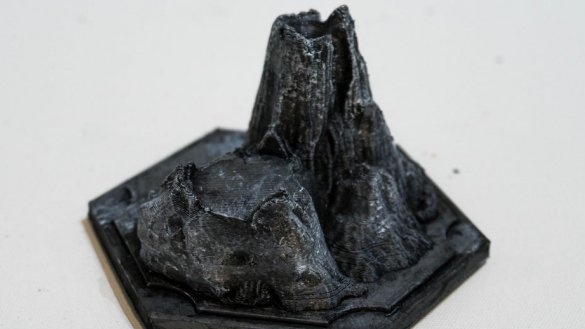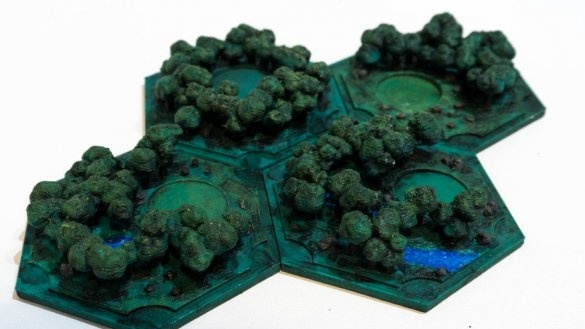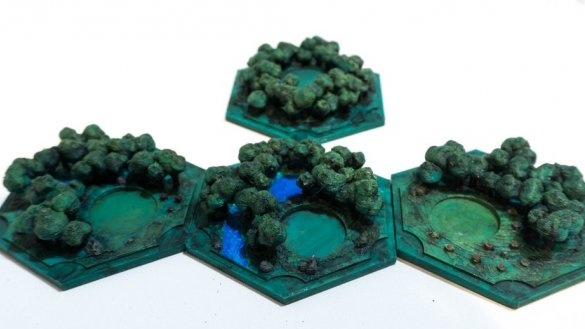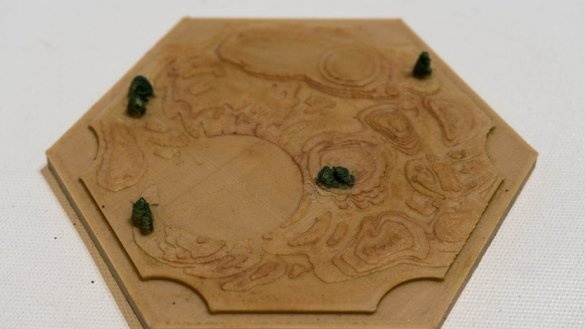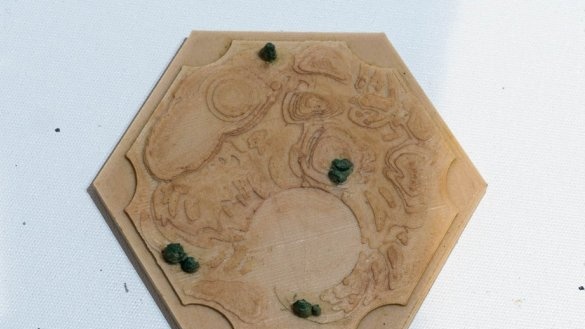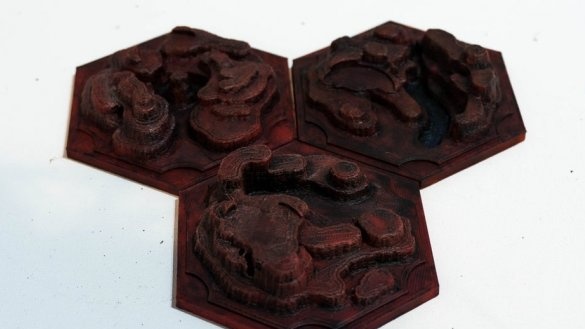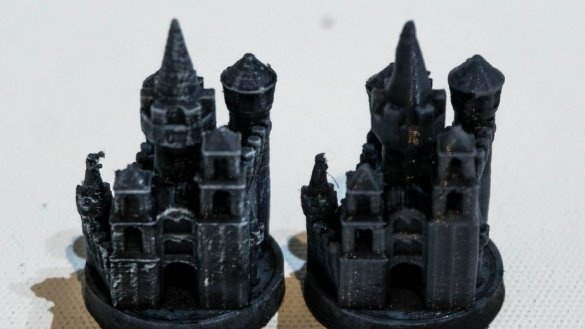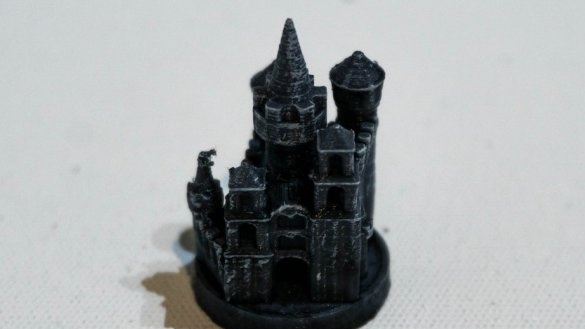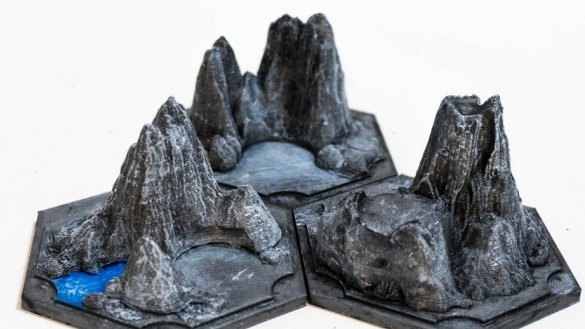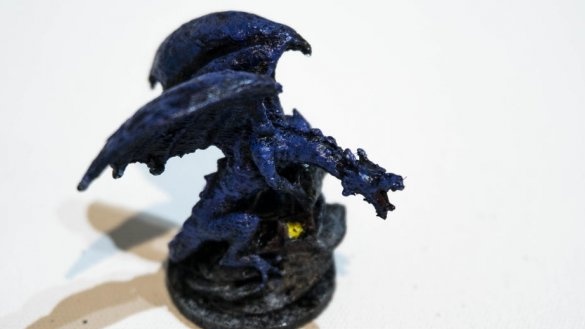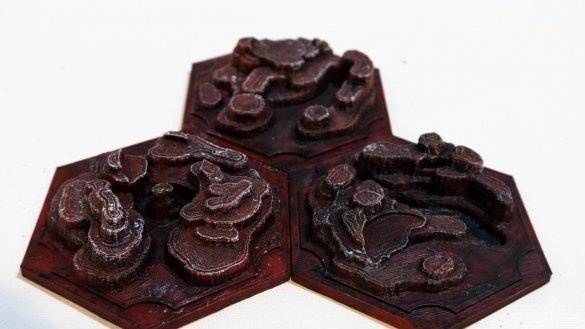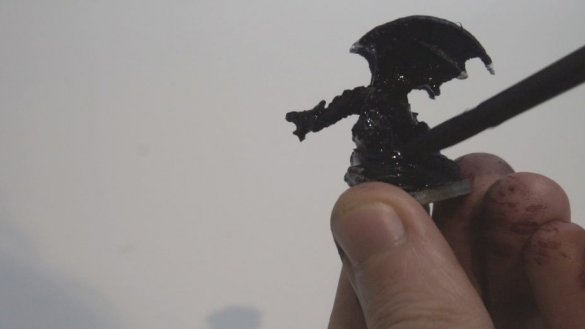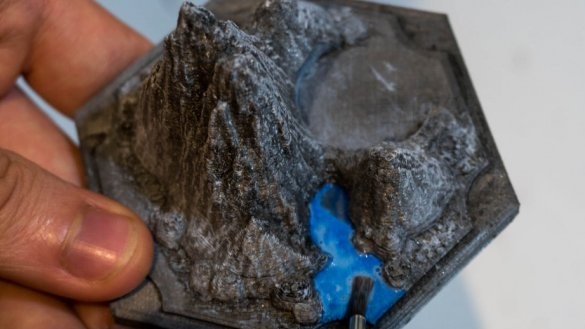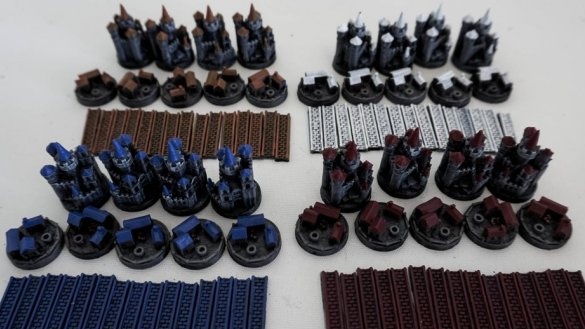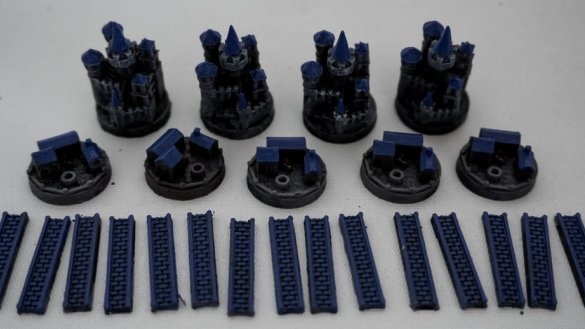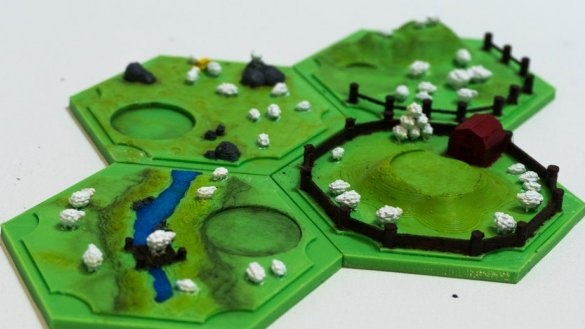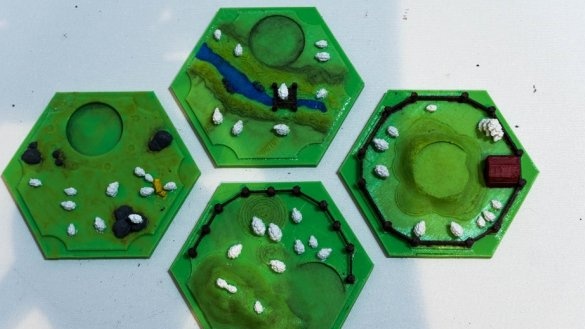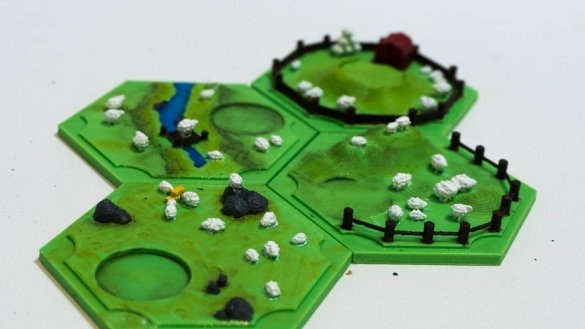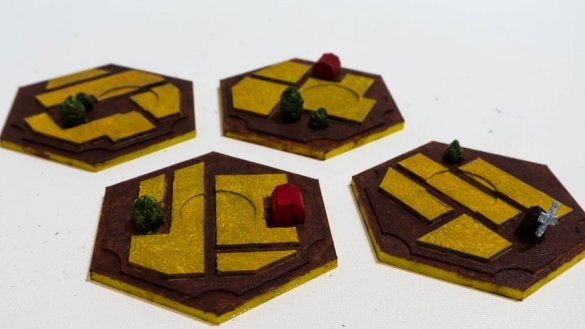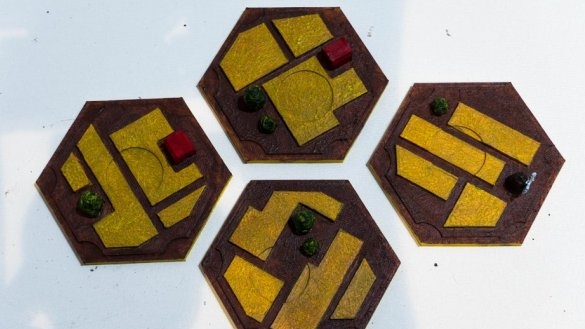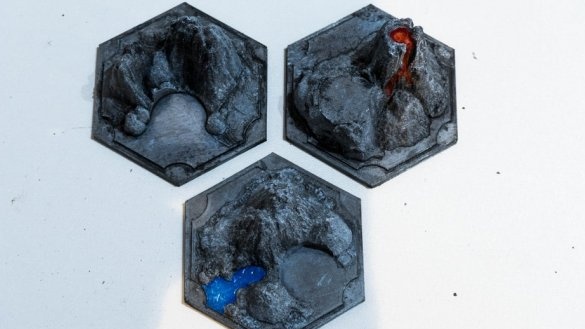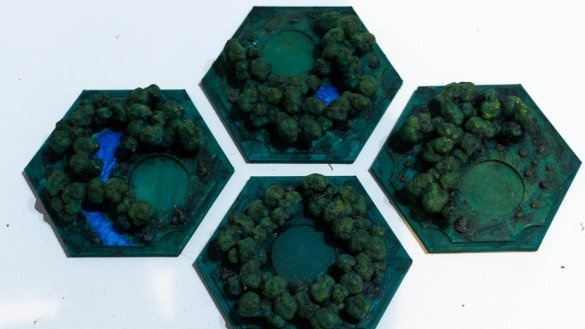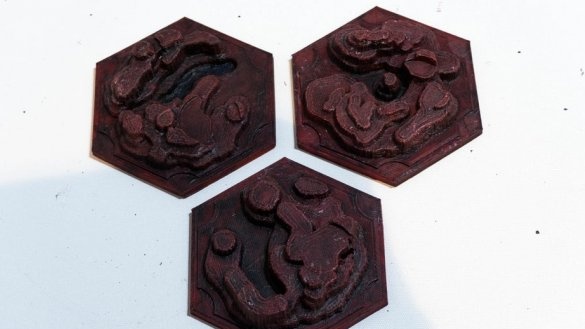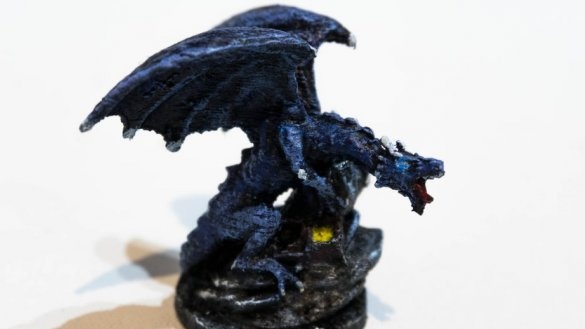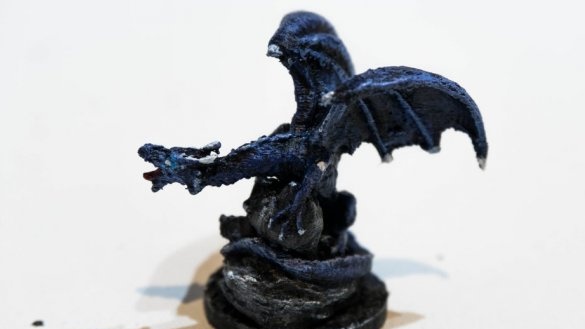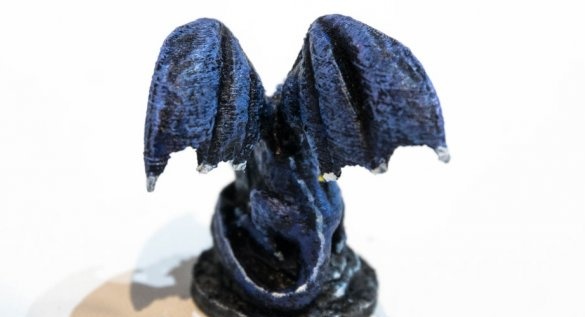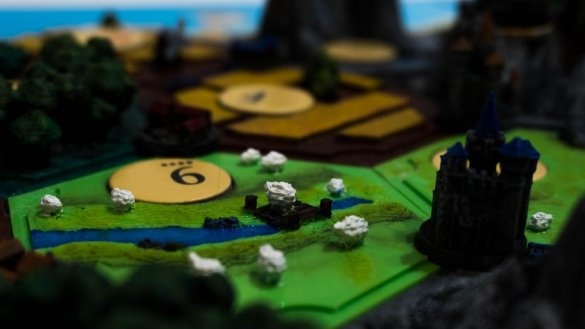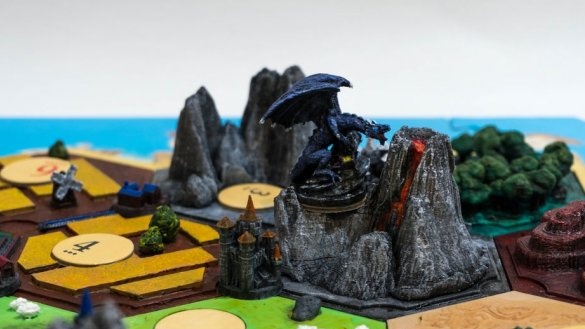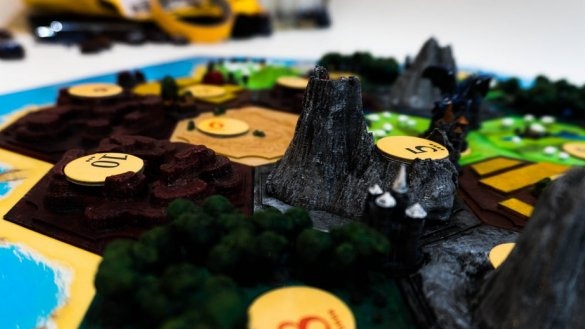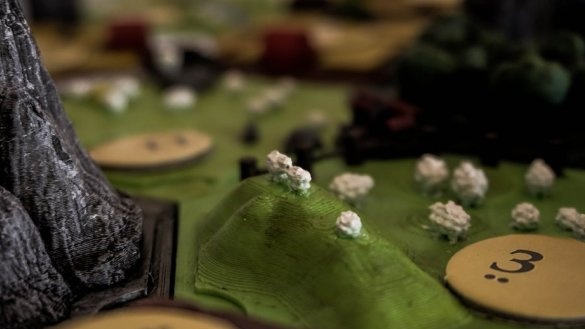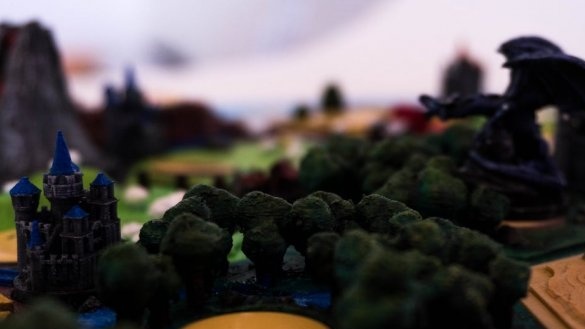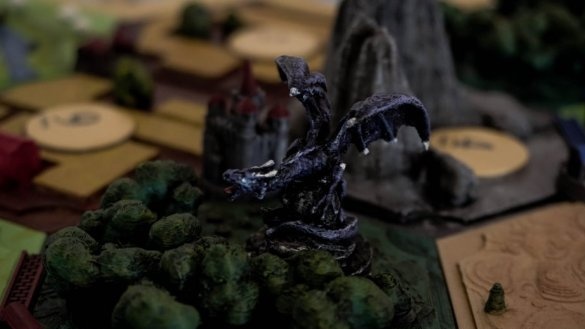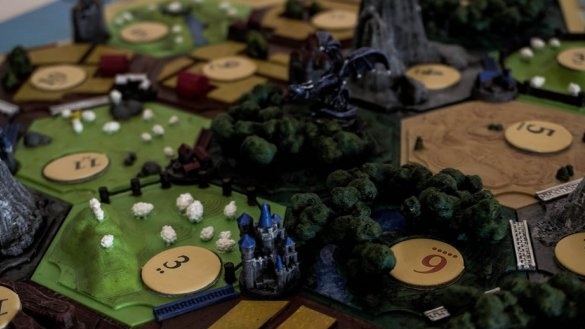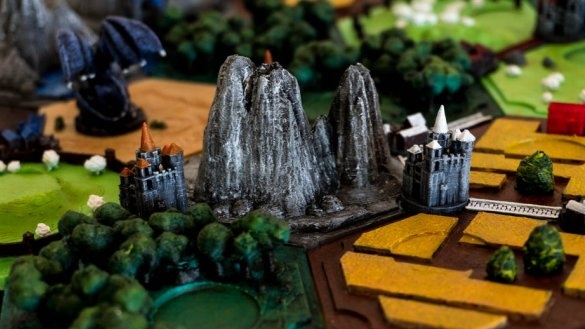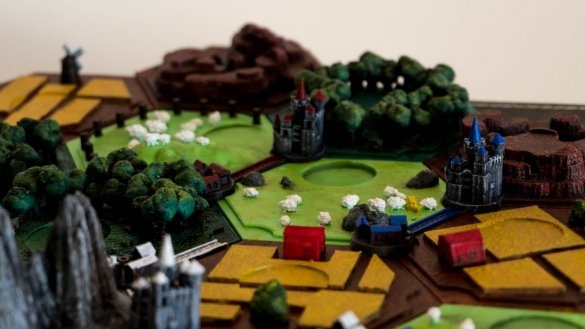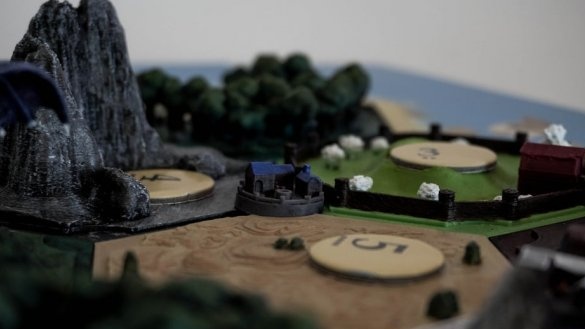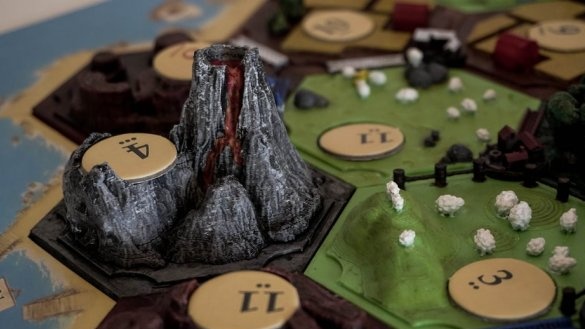In the Russian market, this strategy game is better known as the "Colonialists." An interesting feature of this game is that with each new game you can change the arrangement of figures, resources, etc. on the playing field. You can add new or delete some game options. The master, a big fan of the game, also decided to expand the functionality of the game. Let's see a small video review of the playing field.
So let's get started.
Tools and materials:
-Paint;
-PVA glue;
-3D printer;
-Knife;
-Nadfiles;
-Sandpaper;
- brush;
- Napkins:
-Capacity for paint;
-Computer with software;
Step One: Model Development
In the CAD program, the master develops tile models with various designs and shapes.
Step Two: 3D Printing Models
Next, the wizard prints the details on a 3D printer. A total of 116 parts need to be printed.
1x desert tile
3x hill tiles
3x mountains
4x pasture
4x wood tiles
4x fields
16 cities (4 per player)
20x settlements (5 per player)
60x roads (15 for each player)
1x dragon
Below you can download files for 3D printing.
hex tile mount 1 (fixed) .stl
hex tile mount 2.stl
hex tile mount 3 (fixed) .stl
hex tile 1.stl sheep
2. sheep hex tile
Sheep hexagon tile 3.stl
sheep sheep 4.stl
1.stl hexagonal straw tile
2.stl hexagonal straw tile
3.stl hexagonal straw tile
4.stl hexagonal straw tile
raw hex tile
road.stl
settlement.stl
city.stl
dragon robber.
1.stl hexagon brick
brick hexagon brick 2.stl
3.stl hex brick
desert hex tile 1.stl
hex tile forest 1.stl
Hexagon tile wood 2.stl
hex tile forest 3.stl
4.stl hexagonal wood tile
Step Three: Processing
After printing, various defects of the burr, roughness, etc. remain on the parts. It is necessary to process the details.
Step Four: Test Build
Further, the master first collects the details. If necessary, finalizes the joints.
Step Five: Painting
Now you need to paint the details.First, the master selects a color scheme for each detail.
Mixes paints and applies a base coat.
Then it dilutes acrylic paints with water in a ratio of 1: 2 and applies to parts. With the help of such a painting, shadows are highlighted.
Now the previous layer of paint is erased with a napkin, but it remains in the recesses and this creates the effect of shadow.
Brush makes dry cleaning of models. A small amount of dry paint is applied to the brush, and it is rubbed on the part.
By mixing paint with glue, PVA applies a water surface.
Next, you need to individually paint each detail for the selected color.
Step Six: Build
Now you can collect the playing field and see what happened.
It seems that not a bad playing field turned out.

